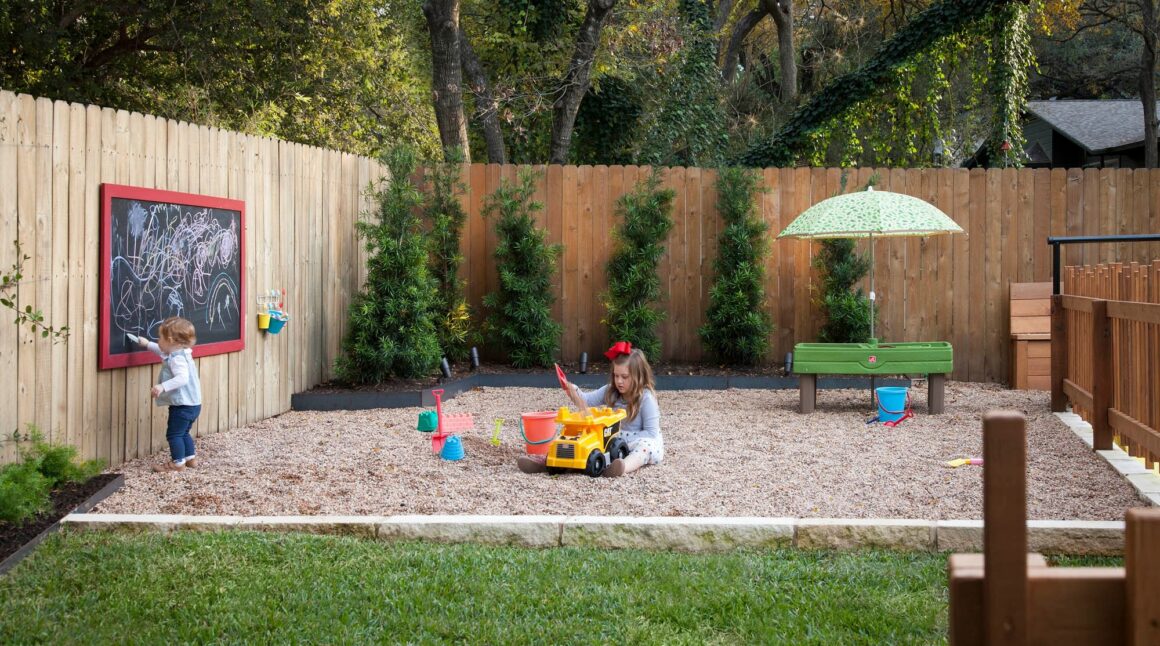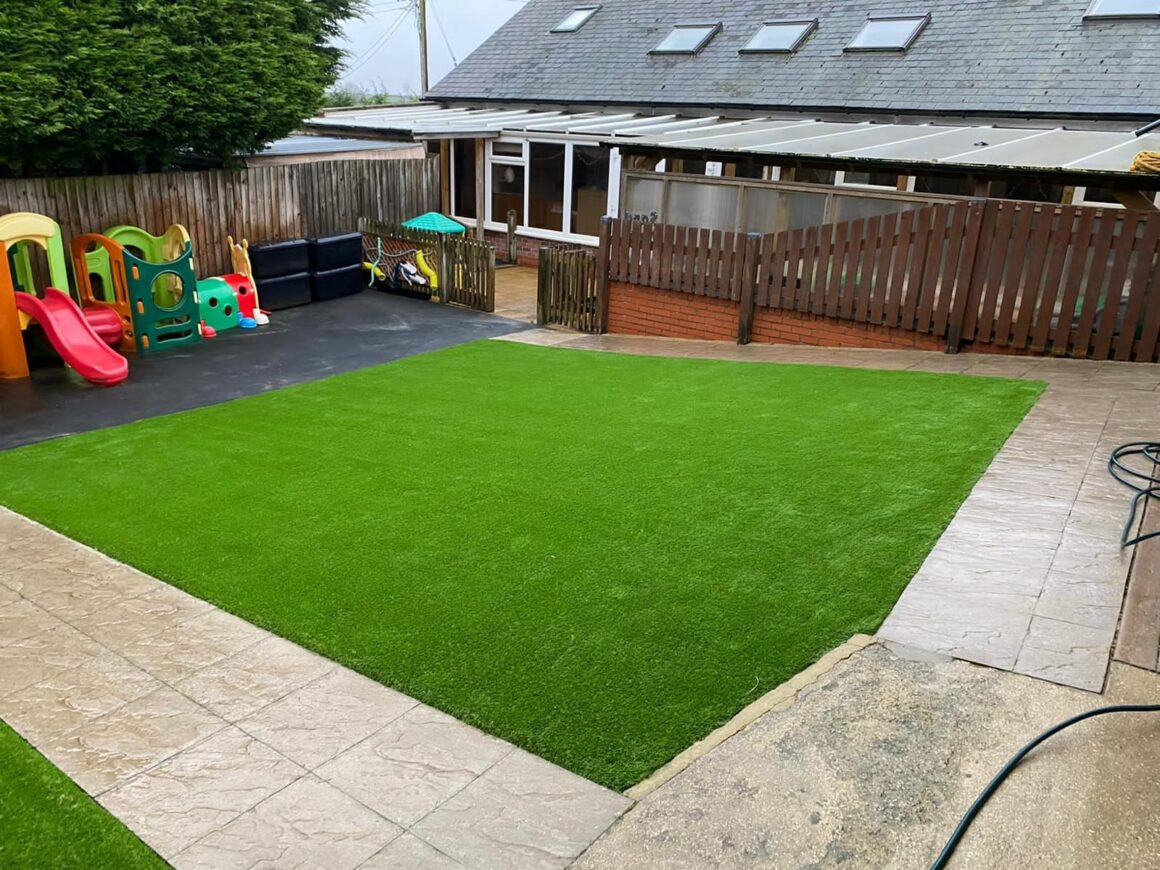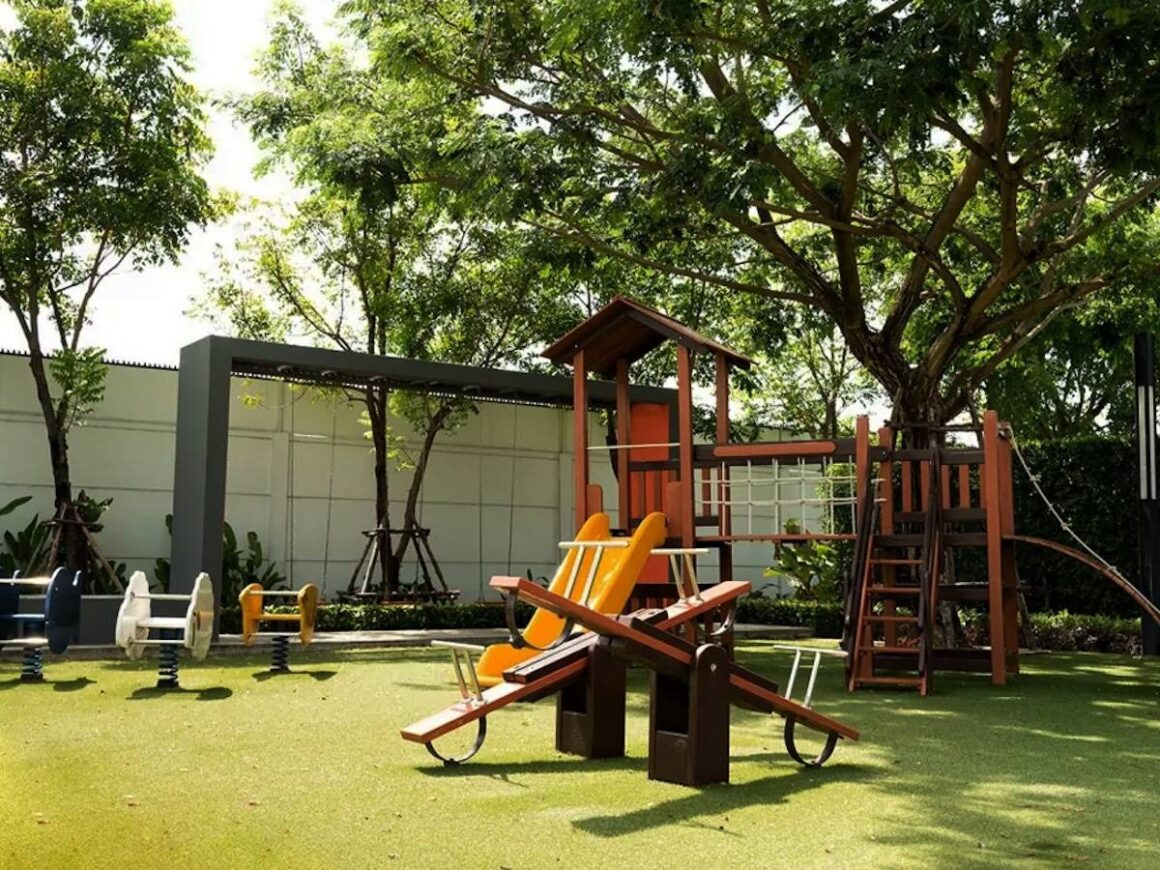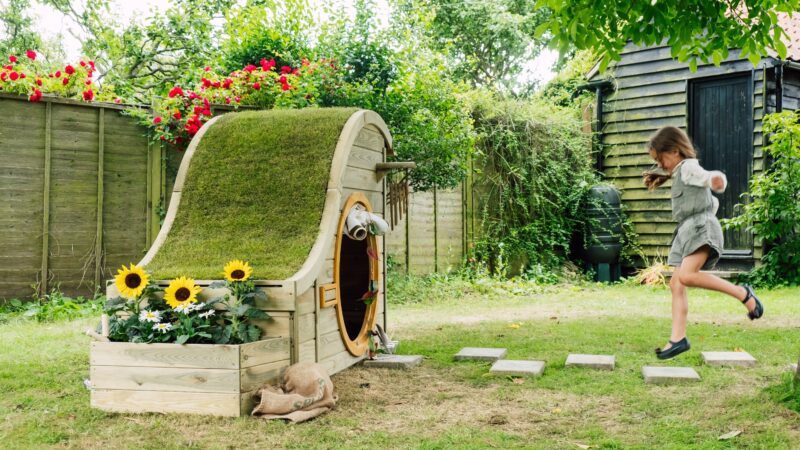Creating a play area in your garden involves more than placing a few swings or a slide. The ground surface you choose can significantly affect the safety and enjoyment of the space. A well-thought-out base cushions fall, reduces injury risks, and blends in with the garden’s natural look. One of the most popular options for this purpose is play bark.
Why Bark Surfacing Is a Safe and Natural Choice
Play bark softens the impact of falls. It is made of wood chips that compress and shift when weight is applied, reducing the chance of cuts, bruises, or more serious injuries. This structure spreads out the force of impact rather than letting it travel directly to the body, which is particularly important when children jump or slip.
You’ll also appreciate how well this surface fits with a natural garden. It looks right at home with wooden play frames, swings, and slides. Play bark creates a soft, woodland-style zone that encourages children to explore, while still blending with surrounding borders and greenery.
If you’re choosing a material for a long-term investment, it makes sense to look into durable play bark for outdoor spaces. Opting for well-graded chips means they’ll stay in place for longer and won’t need constant topping up. This is especially helpful if your play area gets a lot of use throughout the year.
Practical Benefits That Go Beyond Appearance

One of the standout features of Play Bark is its drainage. Unlike compacted soil, bark lets water drain through easily, helping your play space stay accessible even after rain. This prevents puddles from forming and reduces the time children are kept off the equipment.
It also stays cooler underfoot than many hard surfaces, making it a better option in warmer weather. It doesn’t turn dusty during dry spells and will not form hard patches over time.
Play bark adds a layer of protection to your garden, too. By controlling how and where children play, you can avoid worn-out patches of lawn or scattered gravel. It helps guide movement and keeps the rest of your garden looking cared for.
Choosing the Right Type of Play Bark
When selecting bark, chip size and wood type both matter. Smaller chips offer a more stable surface and work well under lower-level equipment. These tend to shift less during play and create an even base.
Larger chips, typically over 30mm, are better at handling water and can reduce pooling. However, they may shift more and require raking to stay level. Pine bark, for example, has an attractive scent and natural colour range, and works well across various garden styles.
Hardwood chips are a smart option if you’re after something that lasts. These tend to resist breakdown, reducing the times you need to top up each year. Softwood chips feel softer but usually compress more quickly, so they will need more regular maintenance. Either way, look for FSC-certified products to make sure your bark comes from responsible sources.
Laying Play Bark Correctly

Before spreading play bark, clear away grass and weeds until only bare soil remains. Lay down a permeable membrane to stop weeds from returning, and make sure it’s pinned securely. This stops it from shifting as the bark settles.
Edging is essential to keep bark in place. Timber is a popular choice and should sit slightly above the finished surface. Depending on your garden style, you could also use reinforced plastic or stone, but make sure there are no gaps for the bark to escape.
When spreading bark, aim for even coverage. The surface should be loose, not compacted, to ensure maximum cushioning. Use a wide rake and start from the middle of your space, moving outward to create an even layer. Pay extra attention to high-traffic spots like under swings, where bark tends to thin quickly.
How Much Bark Do You Need?

To keep your play area safe, you’ll need to calculate the correct amount of bark. Measure your space carefully, including any irregular edges. Multiply the area by the required depth, and add a little extra to allow for settling. A depth of 30cm is widely recommended for equipment up to 3 metres high.
If unsure, speak with your supplier and check their product guidelines. Bulk bags usually contain around 0.6 to 1 cubic metre, so plan accordingly and order slightly more than you think you’ll need.
Regular checks help ensure safety isn’t compromised. Over time, bark will settle and compress, so having a bit extra on hand is a smart move to keep the surface even and protective.
Looking After Play Bark All Year Round

Once installed, your bark surface will need some care to stay in good condition. Check it weekly for thin spots, especially under moving equipment. Rake it once a month to redistribute chips and fill in any dips.
Use a depth gauge or simple ruler to make sure the surface still meets the recommended depth. If any areas have worn thin, top them up promptly.
Seasonal maintenance is also important. After rain, rake soggy areas to encourage airflow and drying. In autumn, remove fallen leaves quickly to stop rot from building up in the bark layer. During winter, frost can cause the surface to harden slightly, but this usually resolves when temperatures rise.
You may need to add fresh bark each spring, especially in corners or busy zones. Over time, bark naturally breaks down, so plan for an annual top-up of about a third of the original volume. Mixing new bark into the existing layer helps create a smooth finish and keeps the cushioning consistent.
Keep an eye on weeds, too. Removing them manually in play areas is safest, as chemical treatments can harm the soil or pose a risk to children and pets. Make sure your membrane remains fully covered and no edges are exposed.
Keep Your Play Area Safe and Appealing
A well-maintained bark surface offers both safety and style. By choosing the right type of bark, laying it correctly, and checking it regularly, you create a garden play space that’s enjoyable year-round. Whether used for swings, slides, or sensory exploration, play bark gives your garden a natural and reliable solution for safe, soft landings.


